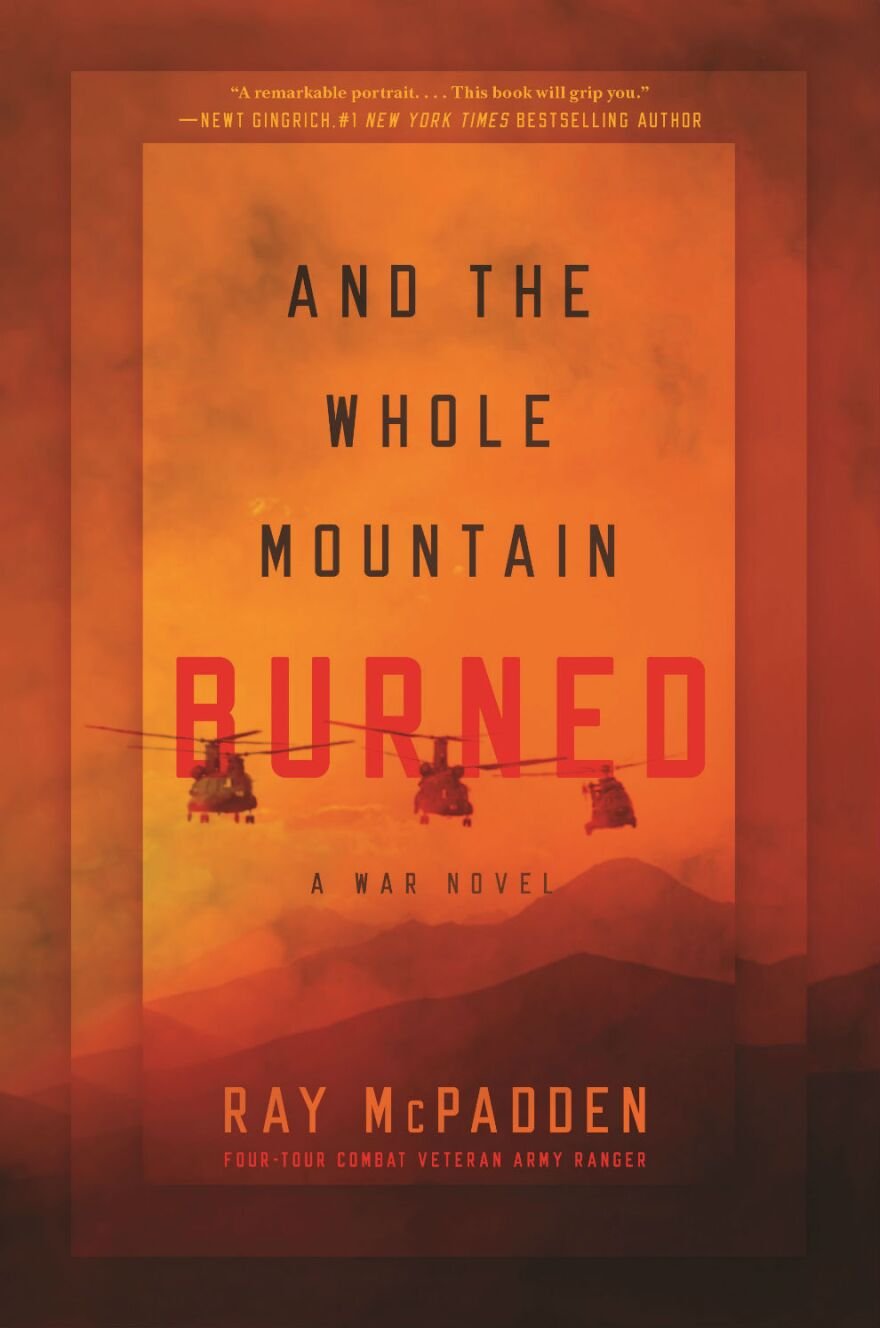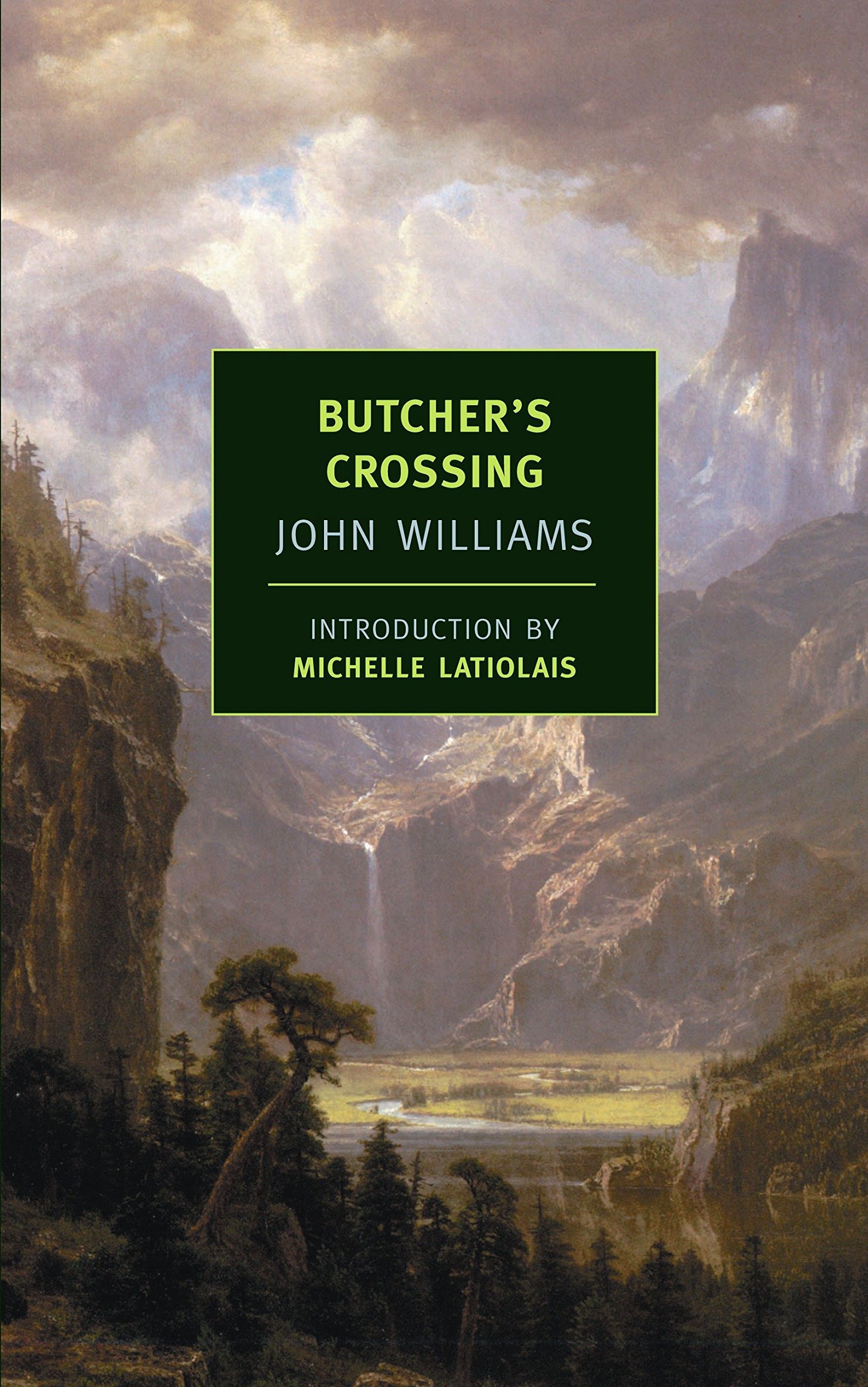We talk quite glibly of “making history” these days. To describe someone as “making history” now is so banal it is beneath cliché. So when a moment of actual, immediate, discernible historical significance comes along we are without words. Or should be.
Queen Elizabeth II is a great loss. While I have never loved someone I don’t actually know, I admired the Queen and deeply respected the qualities everyone rightly comments upon: the dutifulness, the grace, the unstinting work ethic. That she carried on for so long only made these qualities more remarkable. As I noted on Instagram, her entry in the Penguin Monarchs series is perhaps the most appropriately titled volume: Elizabeth II: The Steadfast.
I cannot add much of substance to the outpouring of commemoration and grief of the last week, but since one of goals with this blog is to treat it as a commonplace book, I’ve collected the best things I’ve seen or read to preserve here. Fragments shored against ruin; for myself, at least.
Not only was her seventy years a record in the British monarchy and a monument to continuity, her reign bridged a much greater sweep of history than is immediately obvious. Several factoids that circulated in the days following her death make this point especially well:
She was the last serving head of state who had served in the military during World War II.
When she succeeded her father George VI, the Queen’s first Prime Minister was Winston Churchill, then serving his second term as PM. Two days before she died she met with Liz Truss, the new Prime Minister. Truss was born in 1975, Churchill in 1874.
Her seventy-year reign accounts for 30% of the entire existence of the United States.
For yet more perspective, the President of the United States upon her succession was Harry Truman, who wrote the following to her upon learning of the death of her father:
The tragedy of this dispensation is made even more poignant by the fact that you were far from home when so worthy a life came to its peaceful close.
We pray that the God of all comfort will sustain you and keep you and that the King of Kings, under whose ruling hand all nations live, will give you fortitude and courage, strength and wisdom to fulfill the responsibilities thrust upon you as you assume your place in the long line of British sovereigns.
You can read the rest here. I’d say Truman’s prayer was answered.
On a lighter note, watch this short reminiscence from Richard Griffin, one of the Queen’s former bodyguards, of meeting some hikers in the Highlands near Balmoral. This is probably my favorite story about her.
Following the announcement of her death, this passage from one of CS Lewis’s letters made the rounds and captures something beautiful and stirring from the beginning of her reign seventy years ago. Writing of Elizabeth’s coronation ceremonies to a friend in Washington, DC (correspondence collected as Letters to an American Lady), Lewis said:
You know, over here people did not get that fairy-tale feeling about the coronation. What impressed most who saw it was the fact that the Queen herself appeared to be quite overwhelmed by the sacramental side of it. Hence, in the spectators, a feeling of (one hardly knows how to describe it)—awe—pity—pathos—mystery. The pressing of that huge, heavy crown on that small, young head becomes a sort of symbol of the situation of humanity itself: humanity called by God to be His vice-regent and high priest on earth, yet feeling so inadequate. As if He said “In my inexorable love I shall lay upon the dust that you are glories and dangers and responsibilities beyond your understanding.” Do you see what I mean? One has missed the whole point unless one feels that we have all been crowned and that coronation is somehow, if splendid, a tragic splendour.
Exactly right, and the point of “the sacramental side.” As Lewis writes elsewhere, it is right to be not a little awed by it: “The modern habit of doing ceremonial things unceremoniously is no proof of humility; rather it proves the offender's inability to forget himself in the rite.”
Relatedly, Lewis has an answer to those people who have decided that now is the time to sound off with their deeply considered and highly original objections to monarchy and tradition, in a line I’ve quoted here before:
[A] man’s reaction to Monarchy is a kind of test. Monarchy can easily be ‘debunked’; but watch the faces, mark well the accents, of the debunkers. These are men whose tap-root in Eden has been cut: whom no rumour of the polyphony, the dance, can reach—men to whom pebbles laid in a row are more beautiful than an arch. Yet even if they desire mere equality they cannot reach it. Where men are forbidden to honour a king they honour millionaires, athletes, of film-stars instead: even famous prostitutes or gangsters. For spiritual nature, like bodily nature, will be served; deny it food and it will gobble poison.
De te fabula narratur.
Relatedly, read Capel Lofft, a name familiar to anyone who listens to The Rest is History, on the Queen’s old-fashioned virtues in the face of modern emotional incontinence and exhibitionism; Sebastian Milbank, who quotes part of that CS Lewis passage above, on what the Queen and the monarchy preserve; Carl Trueman on the Queen’s devout faith; and Theodore Dalrymple on the deeper lesson of the grief people feel at the passing of so worthy and virtuous a person.
All of those are good pieces, but the one that inspired this commonplace miscellany was this succinct post from Alan Jacobs, who summarizes much of what I feel and would say about the life and example of Elizabeth II, though in far fewer words than I would be capable of:
The late Queen Elizabeth II played the hand she was dealt about as well as it could possibly have been played, and this required her to exercise virtues that few of our public figures today even know exist: dutifulness; reliability; silence; dignity; fidelity; devotion to God, family, and nation. We shall not look upon her like again; her death marks the end of a certain world. Its excellences, as well as its shortcomings, are worthy of our remembrance.
Hear hear.
And, finally, to give the Queen herself the last word, consider this passage from her 1957 Christmas message, the first ever to be televised:
That it is possible for some of you to see me today is just another example of the speed at which things are changing all around us. Because of these changes I am not surprised that many people feel lost and unable to decide what to hold on to and what to discard. How to take advantage of the new life without losing the best of the old.
But it is not the new inventions which are the difficulty. The trouble is caused by unthinking people who carelessly throw away ageless ideals as if they were old and outworn machinery. They would have religion thrown aside, morality in personal and public life made meaningless, honesty counted as foolishness and self-interest set up in place of self-restraint.
At this critical moment in our history we will certainly lose the trust and respect of the world if we just abandon those fundamental principles which guided the men and women who built the greatness of this country and Commonwealth.
Today we need a special kind of courage, not the kind needed in battle but a kind which makes us stand up for everything that we know is right, everything that is true and honest. We need the kind of courage that can withstand the subtle corruption of the cynics so that we can show the world that we are not afraid of the future.
It has always been easy to hate and destroy. To build and to cherish is much more difficult.
You can watch the whole thing here.
Queen Elizabeth II, champion of duty, goodness, and faith in a changing world bent on discarding such vestiges of the past, RIP.



















